



The Soil Health Card scheme helps farmers combat land degradation from imbalanced fertilizer use. It offers scientific soil analysis across 12 parameters and suggests balanced fertilizer doses. By promoting guided nutrient management, it boosts yields, cuts input costs, and supports sustainable, profitable farming.
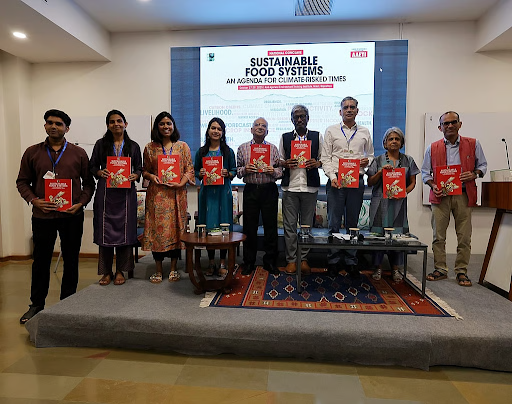
Copyright infringement not intended
Picture Courtesy: DOWNTOEARTH
An assessment by the Centre for Science and Environment (CSE) using data from the Soil Health Card (SHC) scheme reveals that soils are deficient in essential nutrients like nitrogen and organic carbon.
It was launched by the Union Ministry of Agriculture and Farmers Welfare in 2015.
It is a centrally sponsored scheme that provides farmers with comprehensive information on their farm soil's nutrient status.
Objectives of the SHC Scheme
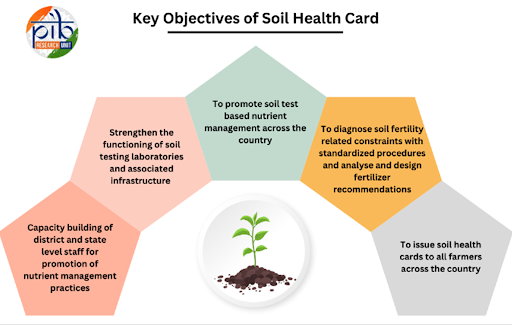
Soil Sample Collection: Trained officials collect soil samples from farmers' fields, geotagging the land for accuracy.
Laboratory Testing: The collected samples are coded and sent to government-approved Soil Testing Laboratories (STLs). These labs test for 12 key parameters, including:
Data Upload and Card Generation: After testing, data is uploaded to a central National Informatics Centre (NIC) portal, which generates standardized Soil Health Cards in major Indian languages and five dialects.
Issuance of Cards and Recommendations: Farmers receive a Soil Health Card (printed or digital) that outlines soil's nutrient status and provides crop-specific recommendations for fertilizer use and soil amendments.
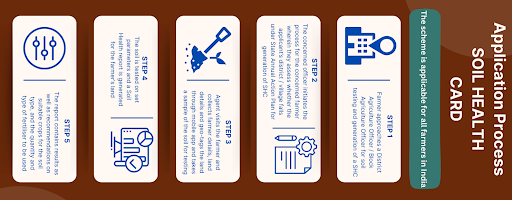
Addressing Nutrient Imbalance
Indian soils suffer from nutrient deficiencies and imbalances. For example, a report by CSE indicates that 64% of tested samples are 'low' in nitrogen and 48.5% are 'low' in organic carbon.
The ideal NPK ratio of 4:2:1 has shifted to 6.7:2.7:1 because of high urea subsidies and expensive alternative fertilizers. Soil Health Cards provide data to correct these imbalances.Promoting Judicious Fertilizer Use
Farmers often over/under-fertilize due to traditional methods. SHC recommendations promote balanced nutrient application, optimizing fertilizer use and cutting costs.Boosting Agricultural Productivity and Farmer Income
Balanced nutrient management, guided by SHCs, directly improves soil fertility and crop health, leading to higher yields, which translates into increased income for farmers. Environmental Benefits
Reducing chemical fertilizer use benefits the environment by lessening pollution and greenhouse gas emissions.
Improved soil health also aids climate change mitigation through carbon sequestration.Data-Driven Decision Making
The scheme establishes a comprehensive soil health database, enabling policymakers to devise targeted interventions, create regional agricultural strategies, and monitor soil degradation.
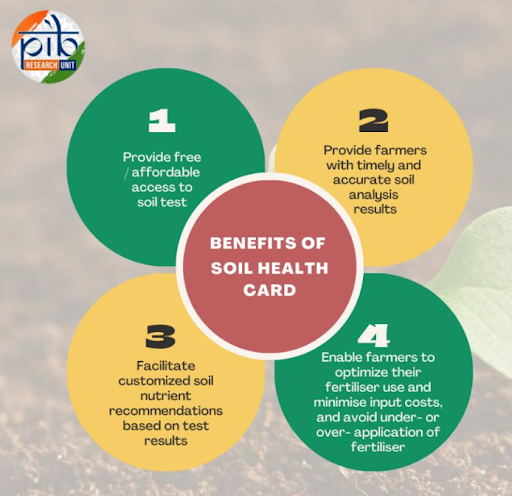
Extensive Reach and Infrastructure
By July 2025, the government successfully distributed over 25 crore Soil Health Cards (SHCs) to farmers across India. (Source: PIB)
Expansion of soil testing infrastructure, with over 8,200 labs established nationwide by February 2025.
Positive Impact on Fertilizer Use and Crop Yields
A study by the National Productivity Council (NPC) indicated an 8-10% reduction in chemical fertilizer use due to SHC recommendations. (Source: PIB)
A National Institute of Agricultural Extension Management (MANAGE) study found that paddy farmers decreased urea use by 9%, while increasing potassium use by 20%, a move towards more balanced fertilization. (Source: PIB)
Persistent Nutrient Deficiencies
The 2025 CSE assessment indicates widespread nutrient deficiencies, suggesting current fertilizer practices are ineffective in enriching soil nutrient levels.
Limited Monitoring Scope
The scheme focus on only 12 parameters is insufficient. Experts, including the Global Soil Laboratory Network (GLOSOLAN), advocate for integrating physical and biological indicators for a comprehensive understanding of soil health.
Coverage Gaps and Methodological Concerns
As of October 2025, soil testing has only reached 1.1 crore households out of India's 14 crore farmer households in the past two years. (Source: CSE India)
Inadequate Infrastructure and Manpower
Soil testing labs, especially in rural areas, struggle with insufficient staff (technical and non-technical), lack of power, and poor internet connectivity.
Timeliness and Quality of Recommendations
For the SHC scheme to be effective, farmers require accurate, season-specific recommendations delivered promptly before sowing.
Policy and Implementation Shortcomings
India lacks standardized biochar production and widespread organic farming schemes, hindering comprehensive soil health improvement despite policy intentions.
Expand Soil Health Monitoring Parameters
The SHC scheme needs to expand to include physical (soil texture, water infiltration, bulk density) and biological (microbial biomass, enzyme activity) indicators, as per GLOSOLAN's recommendations.
Enhance Farmer Awareness and Capacity Building
Promote local campaigns in regional languages through agricultural extension workers, and conduct field trials to demonstrate the benefits of recommendations. Strengthen Soil Testing Infrastructure and Manpower:
Modernize existing labs and build new, well-equipped village-level facilities with proper infrastructure, equipment, and trained staff.
Improve Quality and Timeliness of Recommendations:
Timely collection, testing, and issuance of SHCs for Kharif and Rabi crops are essential before sowing.
Create dynamic, crop-specific recommendations considering regional variations, irrigation, and cropping patterns.
Integrate SHC data with weather and market information for comprehensive farmer guidance.Promote Integrated Nutrient Management (INM):
Encourage farmers to adopt INM practices, combining chemical fertilizers with organic manures, bio-fertilizers, and crop residues.
Provide subsidies and incentives for organic farming, bio-fertilizer production, and biochar application, while establishing standardized protocols for their production and use.
Integrate SHC recommendations with other government schemes like the Paramparagat Krishi Vikas Yojana (PKVY) and the National Mission for Sustainable Agriculture (NMSA) to provide a holistic approach to soil health and sustainable farming.
Leverage Digital Tools and Precision Agriculture:
Develop AI-powered tools to analyze soil data, predict nutrient requirements, and suggest optimal crop choices, making SHC recommendations more accessible and actionable.Promote the use of drone technology for soil sampling and precision application of nutrients.
The Soil Health Card Scheme has positively impacted agriculture but needs improvements in analysis, awareness, infrastructure, and technology integration to boost productivity, ensure food security, and achieve sustainable farming.
Source: DOWNTOEARTH
|
PRACTICE QUESTION Q. The Soil Health Card scheme is a foundational step towards making Indian agriculture more scientific and sustainable. Critically analyze |
Launched by the Government of India in 2015, the SHC Scheme provides farmers with a detailed report on the nutrient status of their soil. The card includes recommendations on the appropriate dosage of fertilizers and other soil amendments to improve soil health and productivity. The scheme is implemented by state and union territory agriculture departments.
A Soil Health Card informs farmers about 12 crucial soil parameters, including macronutrients (Nitrogen, Phosphorus, Potassium), a secondary nutrient (Sulphur), micronutrients (Zinc, Iron, Copper, Manganese, Boron), and physical/chemical properties (pH, Electrical Conductivity, Organic Carbon).
Any farmer in India, including both landowners and tenant farmers, is eligible to receive a Soil Health Card for their agricultural land.




.jpg)

.png)
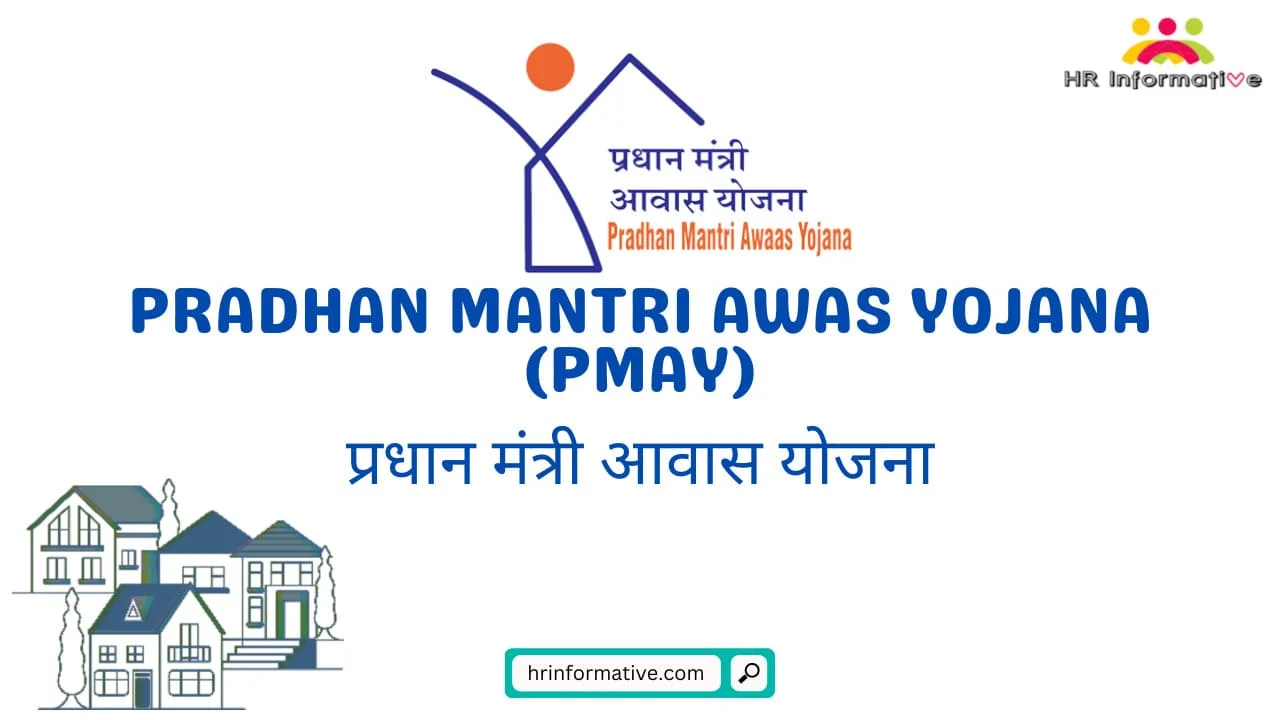


© 2025 iasgyan. All right reserved